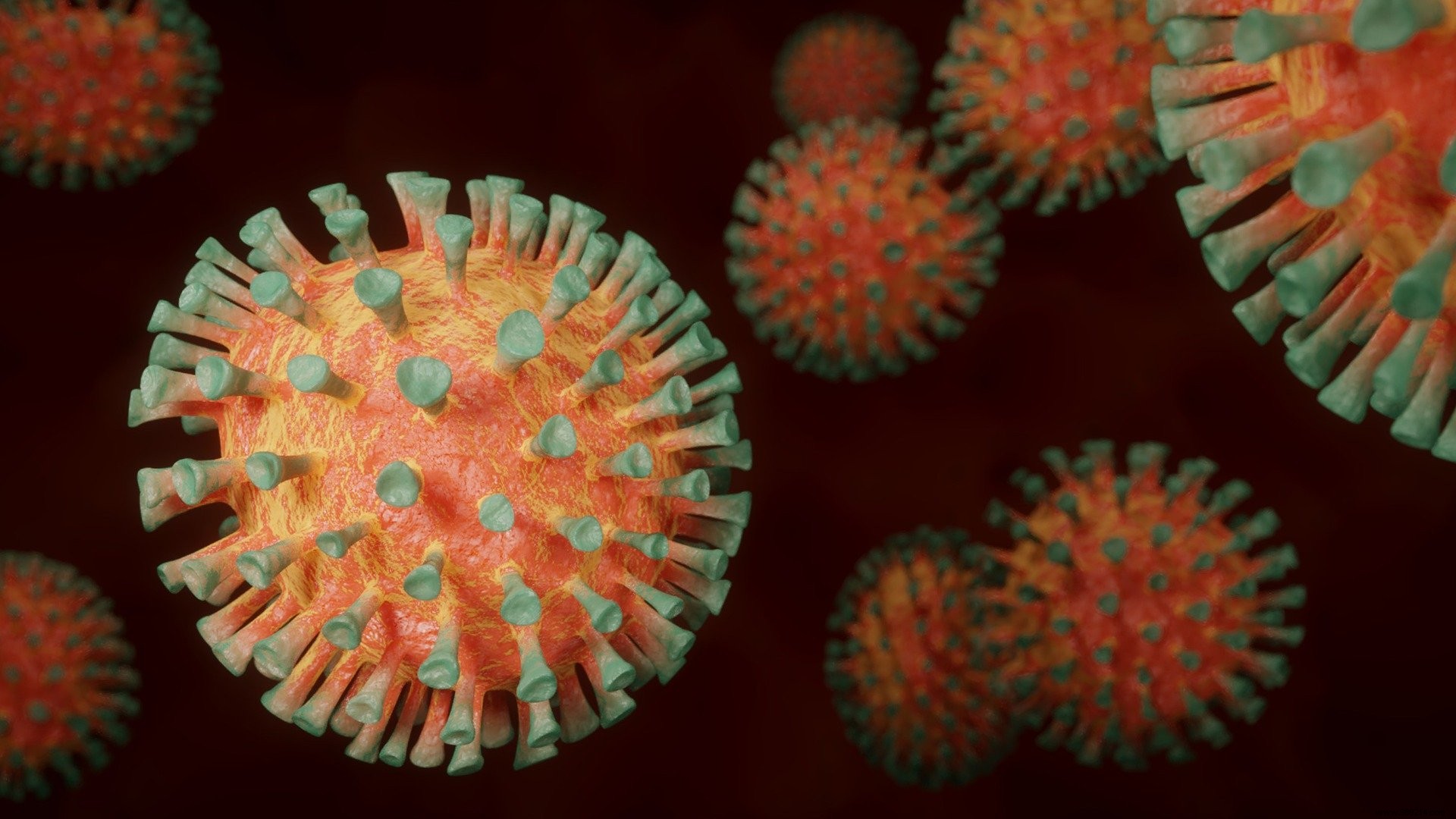While many French people are again confined for at least four weeks, research into the SARS-Cov-2 coronavirus continues. Researchers say they have found an avenue to dig:ultrasound. According to them, ultrasound-induced vibrations could kill the virus.
The vaccination campaign in France and the rest of the world is ongoing and is far from over. In addition, research to find a treatment continues more than a year after the appearance of SARS-Cov-2. However, none has really proven itself . In this context, a team from the Massachusetts Institute of Technology (MIT) conducted a study to be published in the Journal of the Mechanics and Physics of Solids in May 2021.
According to these scientists, ultrasound vibrations could kill the coronavirus. As part of their work, they created computer models of the (supposed) structure of the coronavirus before subjecting them to ultrasound at different frequencies. According to the results, parts of the virus break apart after exposure ultrasound.
This is just a single track for now. Research should therefore obviously continue in order to find a firm and definitive answer to a crucial question:which ultrasound frequencies could defeat the coronavirus without risking damage to the human body?

Remember that ultrasounds are mechanical and elastic waves propagating through fluid, solid, gaseous or even liquid media. The frequency range is between 16,000 and 10,000,000 Hertz and they are too important for the human ear to perceive. However, they are already used in the field of health, in medical imaging or for therapeutic purposes. For example, it can be used to eliminate a kidney stone.
"We have proven that under ultrasonic excitation, the envelope and tips of the coronavirus will vibrate, and the amplitude of this vibration will be very large, producing strains that could break apart parts of the virus, causing visible damage to the outer envelope and possibly invisible damage to the RNA inside" , said Tomasz Wierzbicki, lead author of the study.
While no effective response has been found in response to SARS-Cov-2 other than vaccination, researchers believe the ultrasound trail deserves attention . Ideally, MIT researchers would like a cross-disciplinary discussion be done as soon as possible.